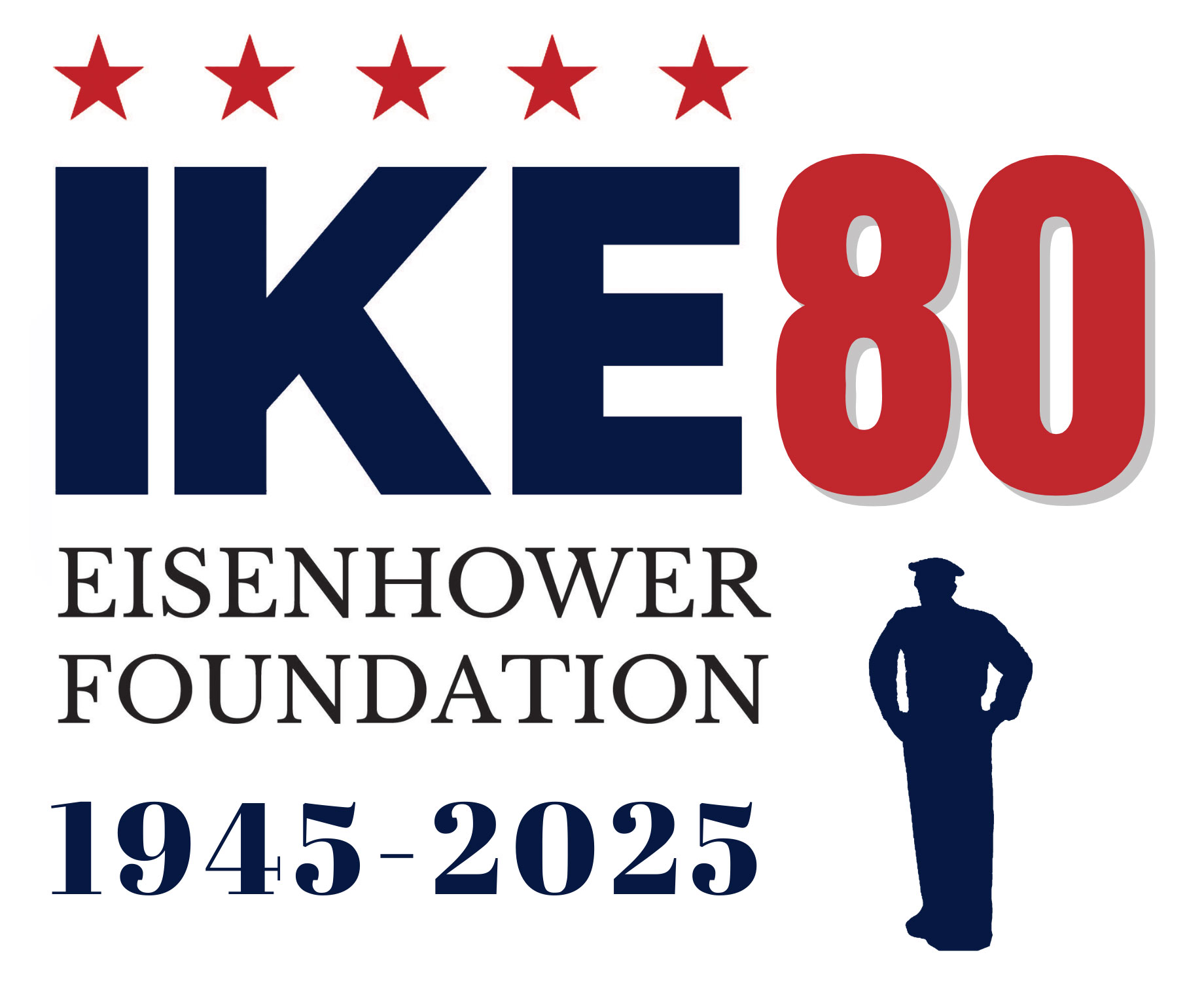Soldier Details
Division:
Highest Rank:
CorporalTheater of Operation:
Served:
Military Honors:
2 Bronze stars
Honored By:
Biography
On October 12, 1945, President Harry S. Truman warmly shook the hand of Corporal Desmond Thomas Doss and held it firmly as his Medal of Honor citation was read aloud at the White House. "I'm proud of you," Truman told him. "You really deserve this. I consider this a greater honor than being president."
Early Life and Military Service
Desmond Thomas Doss was born on February 7, 1919, in Lynchburg, Virginia. He voluntarily enlisted in the U.S. Army on April 1, 1942, and was sent to Fort Jackson in South Carolina for training with the reactivated 77th Infantry Division. As a conscientious objector, Doss refused to carry a weapon, which led to his assignment with the Medical Detachment, 307th Infantry, 77th Infantry Division. Initially, many of his fellow soldiers were skeptical of his beliefs, but he would go on to save the lives of many of those same men.
Doss saw intense combat in the Pacific, serving in battles on the islands of Guam and Leyte. By the time he reached Okinawa, he had already earned two Bronze Stars for valor. It was during the brutal battle for Maeda Escarpment—known as Hacksaw Ridge—that Doss cemented his legacy. Over the course of the battle, he single-handedly saved at least 75 to 100 wounded soldiers, lowering them one by one down the sheer cliff to safety. Despite suffering his own injuries, he remained steadfast in his mission to save lives.
Doss was wounded four times during the Battle of Okinawa, but he never wavered. He was eventually evacuated from the battlefield on May 21, 1945. For his extraordinary courage, Private First Class Desmond Doss was awarded the Medal of Honor by President Truman in a White House ceremony on October 12, 1945.
Medal of Honor Citation
"Private First Class Desmond T. Doss, United States Army, Medical Detachment, 307th Infantry, 77th Infantry Division, Near Urasoe-Mura, Okinawa, Ryukyu Islands, April 29 – May 21, 1945. He was a company aid man when the 1st Battalion assaulted a jagged escarpment 400 feet high. As our troops gained the summit, a heavy concentration of artillery, mortar, and machine-gun fire crashed into them, inflicting approximately 75 casualties and driving the others back. Private First Class Doss refused to seek cover and remained in the fire-swept area with the wounded, carrying them one by one to the edge of the escarpment and lowering them on a rope-supported litter down the cliff to friendly hands."
"On May 2, he exposed himself to heavy rifle and mortar fire to rescue a wounded man 200 yards forward of the lines on the same escarpment. Two days later, he treated four men cut down while assaulting a heavily defended cave, advancing through a barrage of grenades to reach his comrades. He made four separate trips under fire to evacuate them to safety."
"On May 5, he braved enemy shelling and small-arms fire to assist an artillery officer, applying bandages and administering plasma while under heavy bombardment. Later that day, when an American soldier was severely wounded near an enemy cave, Private First Class Doss crawled to him, rendered aid, and carried him 100 yards to safety while continually exposed to enemy fire."
"On May 21, during a night attack near Shuri, he remained in exposed territory while his company took cover, fearlessly aiding the injured until he was seriously wounded by grenade shrapnel. Rather than call another medic into danger, he treated his own wounds and waited five hours before litter bearers reached him. As he was being carried to safety, an enemy tank attack forced his evacuation team to take cover. Seeing a more critically wounded soldier nearby, Doss crawled off his stretcher, directed medics to prioritize the other man, and waited for their return. While waiting, he was struck again, this time suffering a compound fracture of his arm. Using a rifle stock as a splint, he crawled 300 yards to the aid station. His bravery and unwavering determination saved the lives of countless soldiers and became a symbol of gallantry throughout the 77th Infantry Division."
Post-War Life and Legacy
Before his discharge in 1946, Doss was diagnosed with tuberculosis, which led to years of hospitalization and eventually the loss of his left lung. He retired from the military in 1976 with the rank of Corporal. Despite his health struggles, Doss remained a survivor.
He and his wife, Dorothy, had one son. In 1991, tragedy struck when Dorothy died in an automobile accident. Doss later remarried in 1993.
On March 23, 2006, Corporal Desmond Doss passed away due to respiratory complications at the age of 87. He was laid to rest at Chattanooga National Cemetery in Tennessee.
His heroism and unwavering commitment to saving lives under the most perilous conditions continue to inspire generations. The story of his courage was immortalized in the 2016 film Hacksaw Ridge.
Courtesy of WWII Uncovered. Original description and photos sourced by The Desmond Doss Council, U.S. Army Center of Military History, and Ancestry Database.

